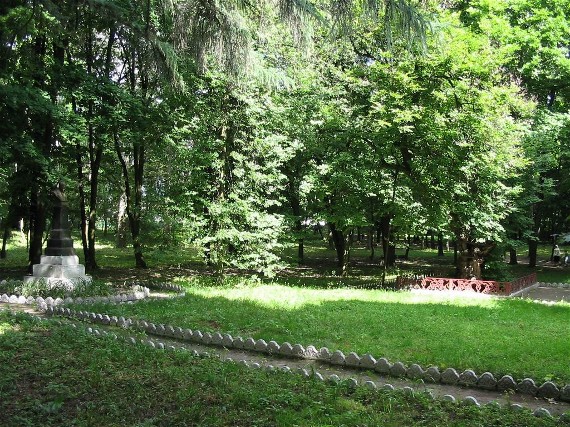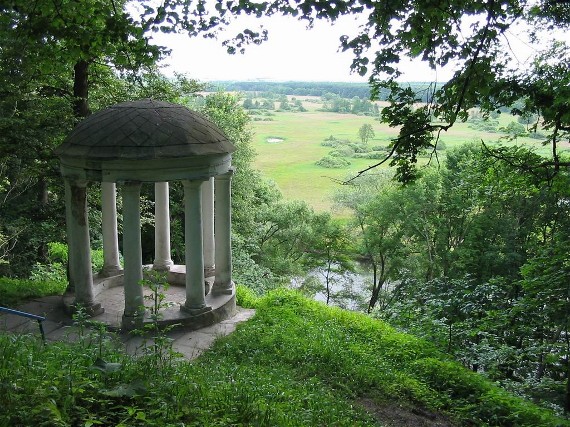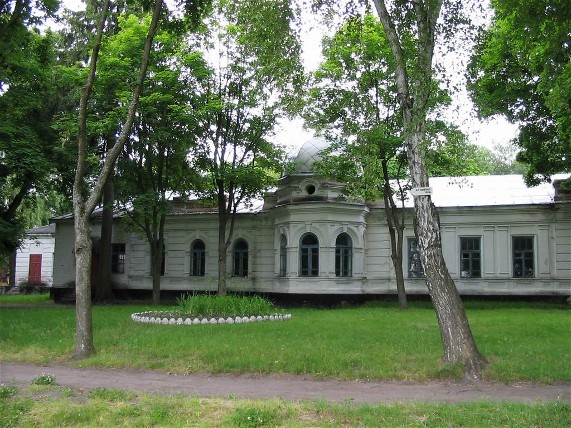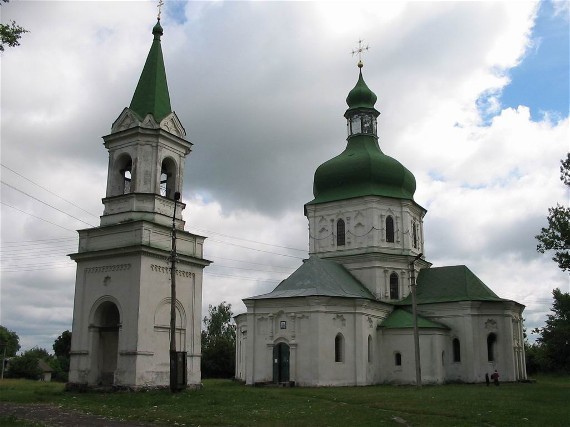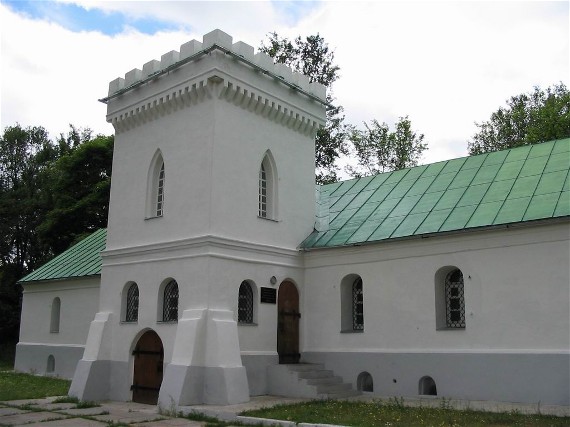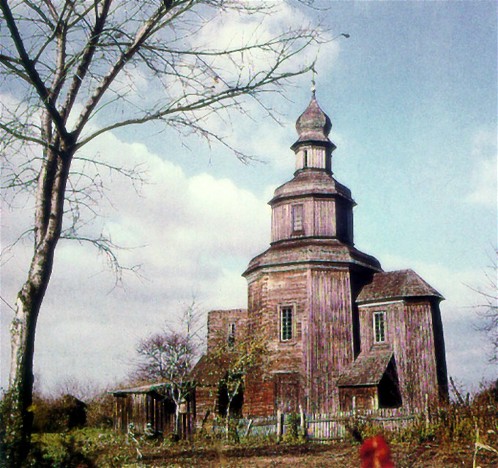Sedniv
Sedniv. Map: II-12. A town smt (2001 pop 1,351) on the Snov River in Chernihiv raion, Chernihiv oblast. Known first as Snovsk, it was a well-fortified town of Kyivan Rus’. According to the chronicles Prince Sviatoslav II Yaroslavych of Chernihiv defeated a Cuman army much larger than his own at Snovsk in 1068. In 1234 the town was annexed by Danylo Romanovych, and five years later it was destroyed by the Mongols. In the mid-14th century it fell under Lithuanian rule. In the 16th century it became known as Sedniv and belonged to the Polish Commonwealth. In the Hetman state established by Bohdan Khmelnytsky Sedniv was a company center in Chernihiv regiment. From 1782 it was a volost center of Horodnia county, which was a part first of Chernihiv vicegerency and then of Chernihiv gubernia. Today it is a small agricultural town with a hydroelectric station built in 1953, a potato research station (est 1963), and a rest home of the Union of Artists of Ukraine. The ruins of the old fortress and the Church of the Assumption and Lyzohub mansion, both built by Colonel Yakiv K. Lyzohub ca 1690, as well as the Church of Saint George (1747) and the Church of the Resurrection (1860) are tourist attractions.
[This article originally appeared in the Encyclopedia of Ukraine, vol. 4 (1993).]

